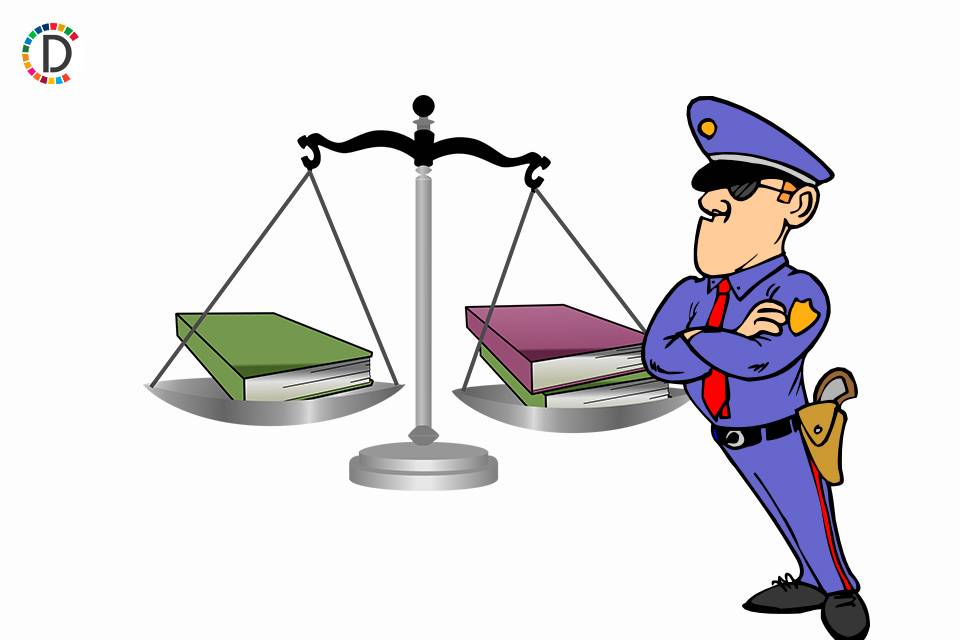Israel's Strategic Maneuver: Redrawing Middle East Borders
Israel's military campaign against Hamas and Hezbollah aims to establish strategic buffer zones along its borders. The killing of Hamas leader Yahya Sinwar marks a significant victory, but Israel's ambitions extend beyond military success, seeking permanent geopolitical shifts. The ongoing conflict affects U.S. relations, particularly with approaching elections.

The assassination of Hamas leader Yahya Sinwar, described as the orchestrator of the attacks prompting the Gaza Strip conflict, is hailed as a strategic victory by Israel. Israeli officials intend to secure lasting gains beyond military accomplishments, aiming to reshape regional dynamics and fortify borders against future threats.
With the U.S. elections on the horizon, Israel is intensifying actions against groups like Hamas in Gaza and Hezbollah in Lebanon. Western diplomacy emphasizes the urgency of these operations, with plans to ensure Iran-backed enemies cannot regroup.
Despite potential U.S. diplomatic pressure to wrap up the conflict, Israeli Prime Minister Netanyahu may seek to leverage his position, awaiting the succession of an administration aligned with Israel's strategic agenda. Regional geopolitical shifts appear inevitable as Israel pursues these efforts decisively.
(With inputs from agencies.)
- READ MORE ON:
- Israel
- Hamas
- Hezbollah
- Yahya Sinwar
- Netanyahu
- Gaza
- Lebanon
- Iran
- military victory
- buffer zones










